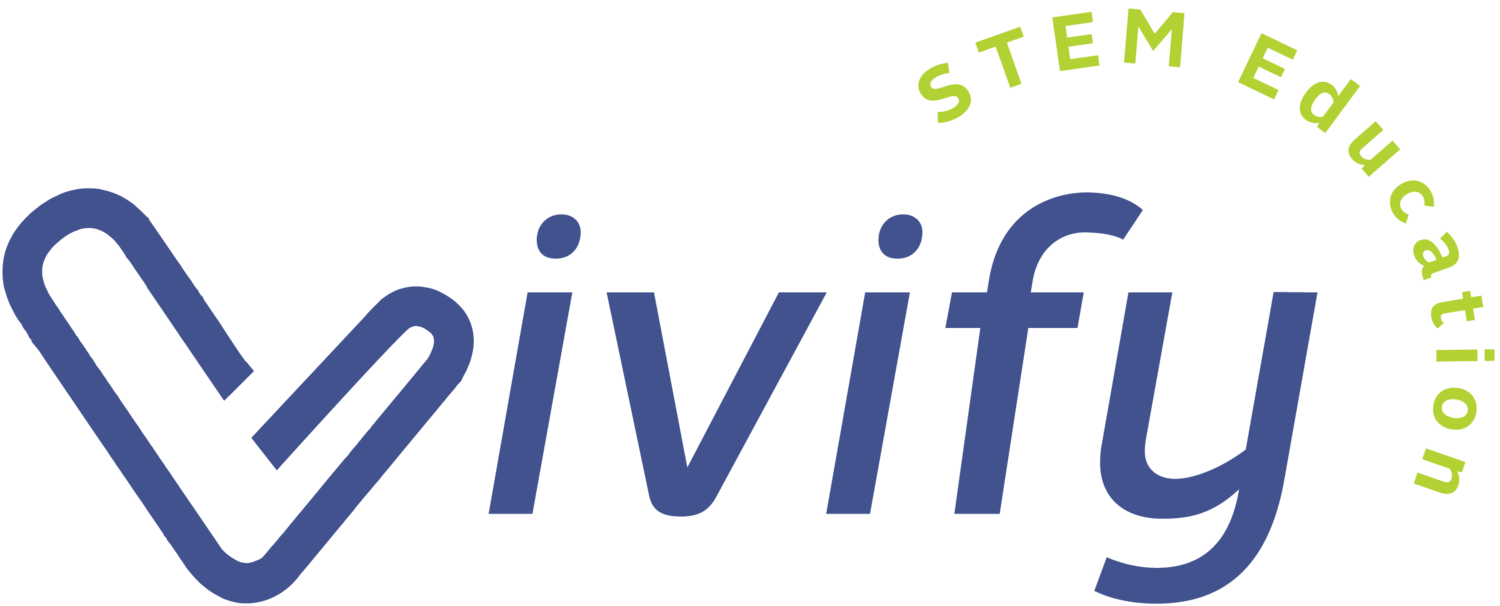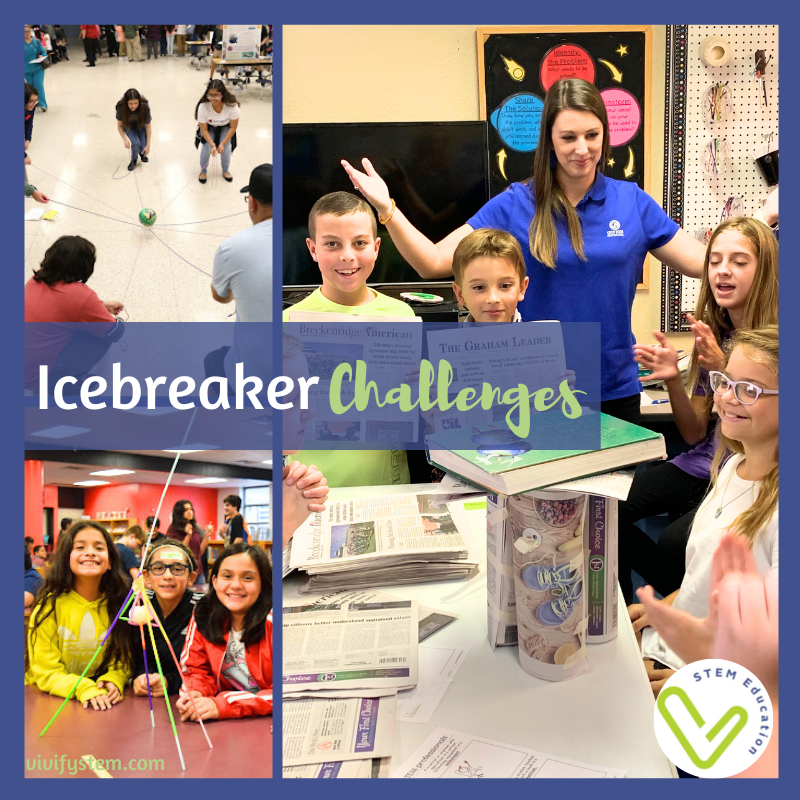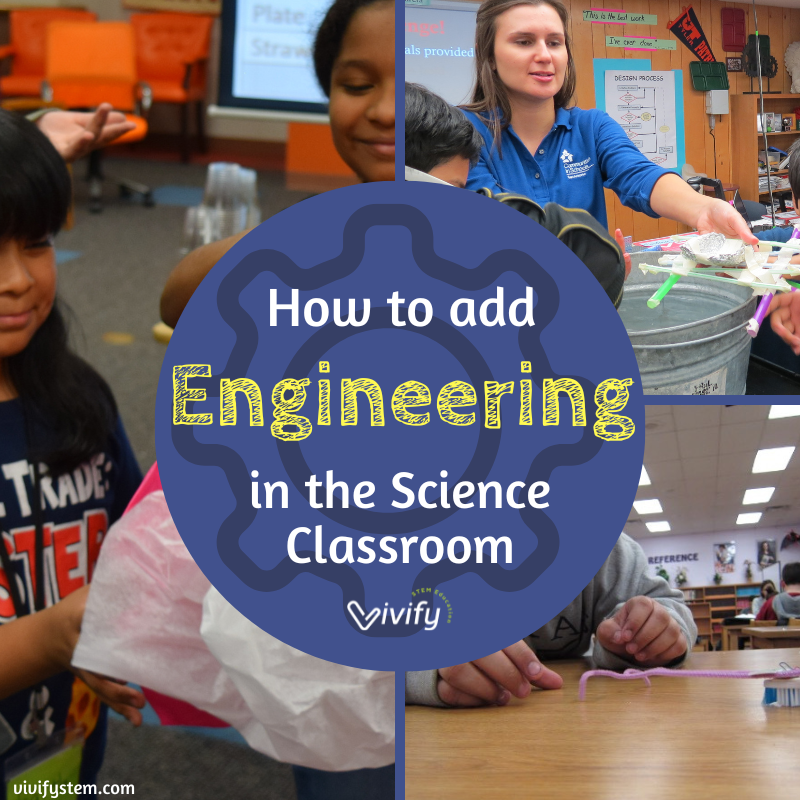10 STEM Teacher Must-Dos for Back to School
Post by Claire Meschkat
July 20, 2025
Back-to-school season can feel full of possibility and pressure. As STEM educators, we’re not just setting up classrooms; we’re launching environments where curiosity, problem-solving, and innovation thrive. Whether you're teaching science, engineering, robotics, or coding, these 10 strategies will help you build a strong foundation for an engaging and productive school year.
Recipe for Success
1. Create a STEM-Ready Learning Environment
Think beyond posters and seating charts. A successful STEM classroom needs:
Accessible materials (label bins and storage)
Flexible workspaces for collaboration
Zones for prototyping, tech, or science tools
Make it a space that says: Let’s build something!
2. Establish Expectations Through the Lens of Engineering
Kick off with classroom norms, but frame them like an engineering challenge:
Ask the students, “What does respectful collaboration look like?” and have them make some guidelines for the classroom
Ask, “How do we “fail forward” and learn from mistakes?” Then have them make some encouraging posters to refer to when things get tough.
Co-create group norms so students take ownership of their learning space.
3. Start with a Hands-On Icebreaker
Before jumping into content, get students thinking like scientists and engineers. Try a simple design challenge like building a pipe cleaner tower or a chair out of only newspaper and tape. These icebreakers break down social walls, build classroom culture, and preview the kind of thinking STEM requires. Click here for a bundle of 50 icebreaker activities!
STEM Icebreaker Activities! Click here for a bundle of 50 icebreaker activities
4. Organize and Inventory Materials
If you’ve ever needed batteries during a robotics lesson only to find dead ones, you know the struggle. Take time now to:
Inventory supplies
Replace broken tools
Stock up on supplies for centers and activities (Check out our favorites in our Amazon Store!)
Create a restocking system (consider student jobs!)
This small prep step will save future headaches.
5. Incorporate Real-World Connections Early
From the first week, tie lessons to real careers and current events. Whether it’s showing a NASA mission or a local engineer’s invention, help students see STEM beyond the classroom. Use short videos or guest speaker clips to make it tangible.
6. Set Up STEM Notebooks or Portfolios
Encourage students to track their progress with journals, digital portfolios, or reflection sheets. In my classroom, I print our Vivify student handouts 2 to a page and have my students paste them into composition notebooks that we use all year! Have them document their:
Ideas and designs
Data and observations
Reflections and revisions
This builds scientific thinking and shows growth over time. You can even refer back to designs from the past to build on things they have already learned.
7. Teach Teamwork Like a Skill
STEM thrives on collaboration, but students don’t automatically know how to work well in teams. Use early lessons to model:
How to assign team roles
How to give and receive feedback
How to navigate conflict respectfully
This is what stage 1 STEM is all about! We recommend every grade starting with stage 1 activities and sprinkling them in throughout the year to build on the teamwork skills.
8. Introduce the Design Process
Introduce the engineering design process early and reinforce it often as the phases that engineers use to solve a design problem. Use visuals, classroom posters, and quick reference cards so students begin to internalize these critical thinking cycles.
9. Plan for Failure—and Talk About It
Failure is not just part of STEM—it is STEM. Set the tone by celebrating iteration, showing famous STEM “failures,” and encouraging reflection. Normalize mess-ups and re-dos so students develop grit and resilience. Read more about How to Teach Growth Mindset and Failing Forward.
10. Fuel Curiosity with Student Voice and Choice
STEM is most powerful when students have some control. Build in ways for them to:
Choose materials or topics
Pitch project ideas
Ask their own questions
Even within your curriculum, small choices can unlock big engagement.
You’ve Got This!
A successful STEM classroom doesn’t happen overnight, just like the projects your students will create. With these 10 strategies, you’ll foster a learning environment where students are safe to take risks, eager to explore, and ready to grow. Here’s to a great year of STEM-spiration!
Additional Resources
Are you a science teacher trying to figure out how to integrate engineering into your classroom this year?
Using the Next Generation Science Standards (NGSS) as a guide, we break down the best ways to add engineering design to enhance science in your elementary and middle school classroom. It’s a big topic to tackle, but we try to provide simple strategies, recommended lessons, and more resources to get you started.



